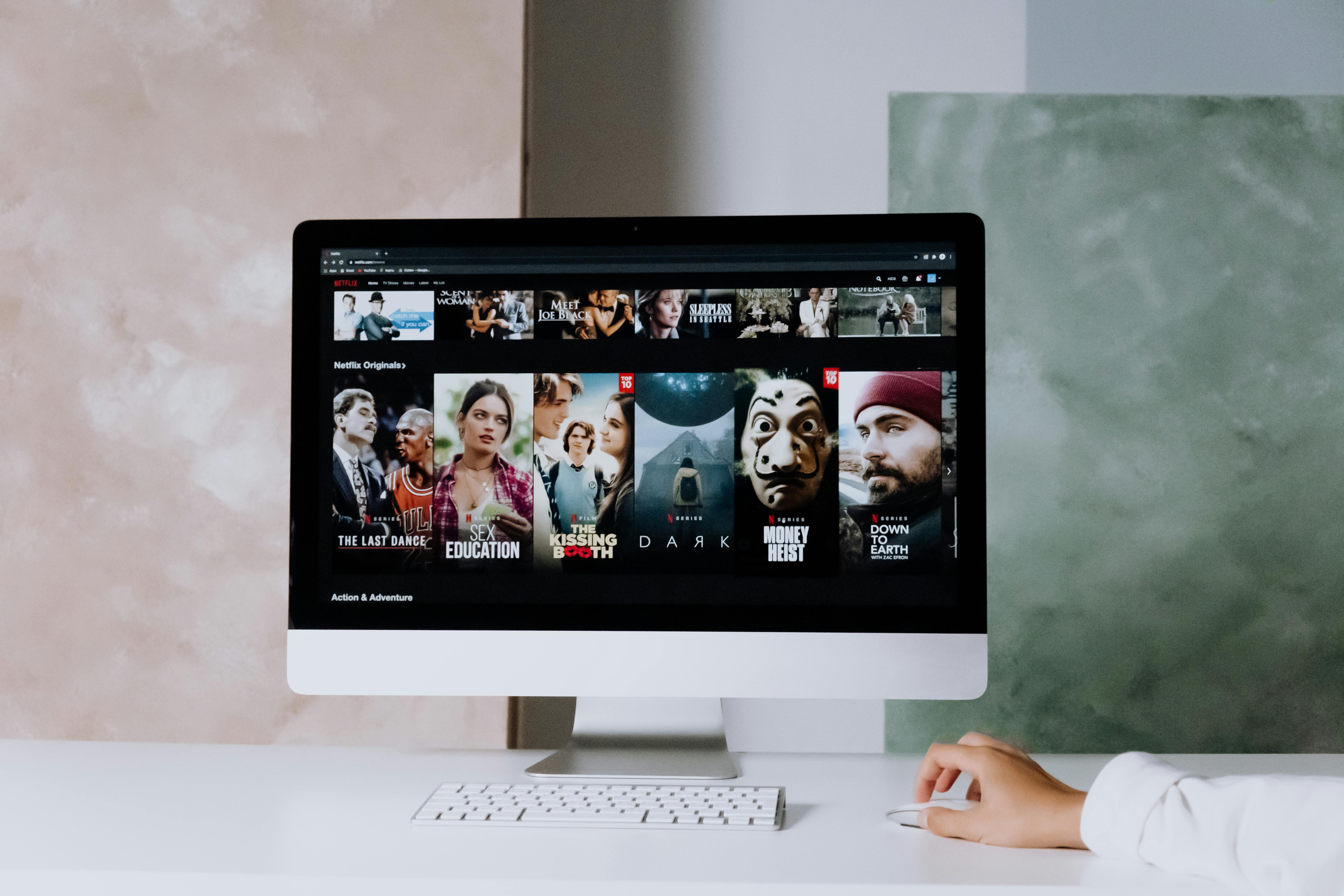John Williams, Ph.D., has degrees in archeology and anthropology. His research and fieldwork has focused on the “Old World” Paleolithic and Neolithic, which basically means the Stone Ages of Europe, Africa, and Asia. John has always had an interest in nutrition, which actually works quite well within prehistoric studies, because our past was a great search for food.
CB: John, you have an interesting background. Now, let’s talk about North American nutrition to gain muscle and lose fat. What’s new in athlete nutrition, fat loss and health approaches?
JW:
I try to keep up with the nutritional literature for my own interests, but I don’t want to cross the line when it comes to performance nutrition for athletes. Others, like John Berardi, who makes a living in this field, would be better equipped to discuss the latest and greatest approaches.
I have been reading a lot about fish oil lately and its positive effects on both general health and body composition. Adding some fish oil to your diet is one of the easiest ways to speed up your metabolism. Recent studies have shown that as little as 3 grams of EPA and DHA combined (both omega-3 fatty acids) can speed up your metabolic rate by approximately 400k/cal per day.
These long-chain fatty acids also have a number of great health benefits, including brain health, antioxidant and anti-inflammatory effects, better sugar control, and more. So by doing something as simple as opening a couple capfuls of fish oil with each meal, you can live a longer, leaner, and smarter life!
CB: John, do you have any other superfoods that you think should absolutely be in everyone’s diet?
JW:
Fish oil would be one, for the reasons stated in the previous answer. Another essential in everyone’s diet is spinach. Among green leafy vegetables, spinach offers some of the best benefits in terms of vitamins and micronutrients. It is packed with important phytochemicals, vitamin A, B vitamins, calcium, phosphorous, iron, folate, and potassium.
But that is not all! Spinach is also one of the most alkaline foods available, meaning it helps neutralize acidic foods that are common in high-protein diets. So by adding more spinach to our diet, we can greatly relieve stress on our muscles and bones.
I also believe that most people could benefit from simply increasing their daily intake of fresh fruits and vegetables. I’m not talking about fruit juice or even V8, but about the real deal: all the colors and varieties of vegetables and fruits you know. This isn’t groundbreaking news, but fresh fruits and vegetables provide an enormous number of benefits, ranging from anti-cancer properties to improving blood lipids and boosting energy.
Another grain variety food that I think a lot of people would benefit from is quinoa (pronounced “KEEN-oowa”). It is a South American grain domesticated by the ancestors of the Incas that grows on a plant that closely resembles spinach. Therefore, it is a “leafy grain” rather than a grassy grain like wheat and corn.
Quinoa is gluten-free and does not contain any of the allergens common to grains in the grass family such as wheat, rye, barley, oats, and corn. Additionally, quinoa contains lysine, an amino acid that is deficient in many grains, making it a complete protein. Quinoa is also an excellent source of calcium, magnesium, iron, phosphorus, and B vitamins. It’s one of the good guys in the grain family, so pick up some the next time you’re at a whole foods market.
CB: Are there any myths about nutrition and fat loss that you would like to clear up?
JW:
Regarding the recent swing of the pendulum towards low-carb diets, it seems that a lot of people used it as an excuse not to eat vegetables. Low-carb diets certainly have their benefits for many people, but there’s absolutely no excuse for avoiding a big serving of broccoli for fear of a few extra carbs. Unless soaked in margarine, broccoli (or insert any leafy green here) can’t do anything but good.
CB: Thanks John. I believe that eating large amounts of fibrous vegetables is one of the keys to getting and staying slim. How do you think someone should eat to lose weight? Does eating to stay slim differ from being skinny?
JW:
Let me address the last question first: the ideal situation is learning to eat to maximize both your performance and health goals, and simply eating more or less according to how much muscle you want to gain versus how much fat you want. to lose. In other words, eating to lose weight and eating to stay slim would only differ in the total calories consumed.
There are certainly cases where someone would benefit from a more extreme diet like Atkins to eliminate years of binge eating and poor dietary choices, but there is always a danger that the person will recover unless they learn to eat properly.
So how do we eat to get (and stay) lean? I have a few simple rules, like caloric balance, plenty of protein, lots of whole vegetables and fruits, no processed carbs outside of the post-workout window, balanced fats, and let’s not forget the other side of the coin: activity (preferably a mixed of lifting heavy objects and some form of cardio). There’s certainly a lot of detail within those rules and cheats to make it work for your individual goals, but it all comes down to those simple rules.
My good friend John Berardi has spoken at length about how some people tend to replace lifting weights, and even eating a healthy diet, with the acquisition of knowledge. These people have mediocre or even subpar physiques, but spend all their time searching for the holy grail of fitness and nutrition knowledge. How many carbs is in that 5.8 oz serving of artichoke and how will this affect insulin levels? Who cares, just eat the damn thing and go lift weights! The fact is that it takes a lot of work in the gym to get a good physique, along with knowledge about how to lift weights and what to eat.
Obviously, the road goes both ways, and there are still hordes of people out there who can’t tell an artichoke from a Twinkie, but the key is not to get lost in the minutiae and neglect what really matters: a balanced diet and hard training.
CB: You have a PhD in archeology and have researched evolution and nutrition, correct? What lessons have you learned from your studies? How have we evolved to eat? Does it differ geographically?
JW:
That’s right, Craig. We archaeologists love to scoff at fad “paleolithic diets” and books like Neanderthin. There was no single paleo diet; people during Paleolithic times ate whatever they could get their hands on, and what they ate depended on the region of the world in which they lived. I recently spoke with Erik Trinkaus, a paleoanthropologist and the world’s leading expert on Neanderthals, and he summed up his thoughts on the subject by saying that “the world of Neanderthals was by no means idyllic. These people lived difficult lives and died young, and their version of a paleo-diet was to eat what didn’t eat them first.”
With that said, there are certain lessons we can learn from our past that can help us understand why we have so many diet-related problems today.
I have some simple lessons from the archaeological record regarding nutrition:
1) Eat more protein and less of the other stuff.
Simply put, we have been eating a diet rich in plants, fish and animals for millions of years. There have been many studies published in peer-reviewed journals showing that getting your protein intake above 10-15% of the national average has positive benefits in terms of body composition and blood lipids.
2) Get your carbs from their source.
Paleolithic people didn’t have Krispy Kreme, otherwise they’d be just as fat as the average sugar junkie today. Outside of the post-workout window, when simple sugars and fast-absorbing protein are desirable, we can all benefit from avoiding all the hyper-processed foods littering our grocery store aisles and opting for foods in their original form. non-adult state. If you were to peek into my kitchen cabinets, you’d see a variety of whole grains and legumes: quinoa, barley, steel-cut oats, oat bran, wheat bran, lentils, split peas, and chickpeas.
3) Eat your vegetables and fruits.
It’s clear that we’ve evolved to reap the benefits of a diet rich in vegetables and fruits, judging by the preserved remains of literally hundreds of varieties of wild plant foods at sites like Ohalo II, a 23,000-year-old fishing camp. in the sea of Galilee. I never realized how many enemies of vegetables there are until I started trying to get my friends and family to eat more of them.
After months of avoiding it, I finally convinced a good friend of mine to increase his vegetable intake. He was by no means fat, but he was getting frustrated with a slowly growing tire around his waist. I gave her a few recipes to make things like broccoli and spinach more palatable, and she eventually took my advice. After this change, he is thinner than ever in his life and he constantly tells me how much energy he has.
4) Balance those fats.
This is a topic that really ties into my prehistoric research. It is interesting to note how skewed the fatty acid profile of the modern Western diet is towards saturated and omega-6 fats, at the expense of monounsaturated and omega-3. In our not-too-distant past, this would not have been possible, because wild animals don’t store as much fat in general, and they weren’t fed cornmeal to bloat the omega-6s in their fat tissue. Plus, our ancestors got a lot more omega-3s from wild plants, animals, and fish. In general, we seem to have evolved a diet with a fair amount of monounsaturated fats from nuts, seeds, and animals, as well as about equal amounts of omega-6 and omega-3. Tons of studies have shown that an inflated omega-6 to omega-3 ratio contributes to heart disease, diabetes, and obesity, while getting a more balanced fatty acid profile, including enough monounsaturated fats, actually protects against these health problems. What is the solution? Free-range meat and eggs are always a good choice, and when buying meat from feedlot animals, opt for the leaner varieties. Throw away any corn oil in your cupboards and replace it with olive oil, and then eat plenty of fish and/or supplement with flax and fish oil.
CB: Thanks John. Great information. Simple guidelines. Focus on whole, natural foods.









